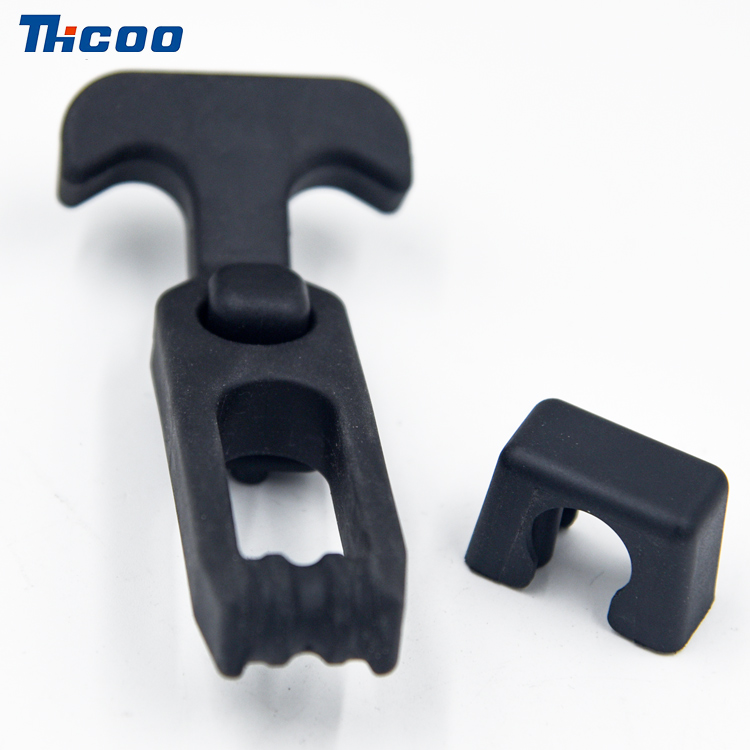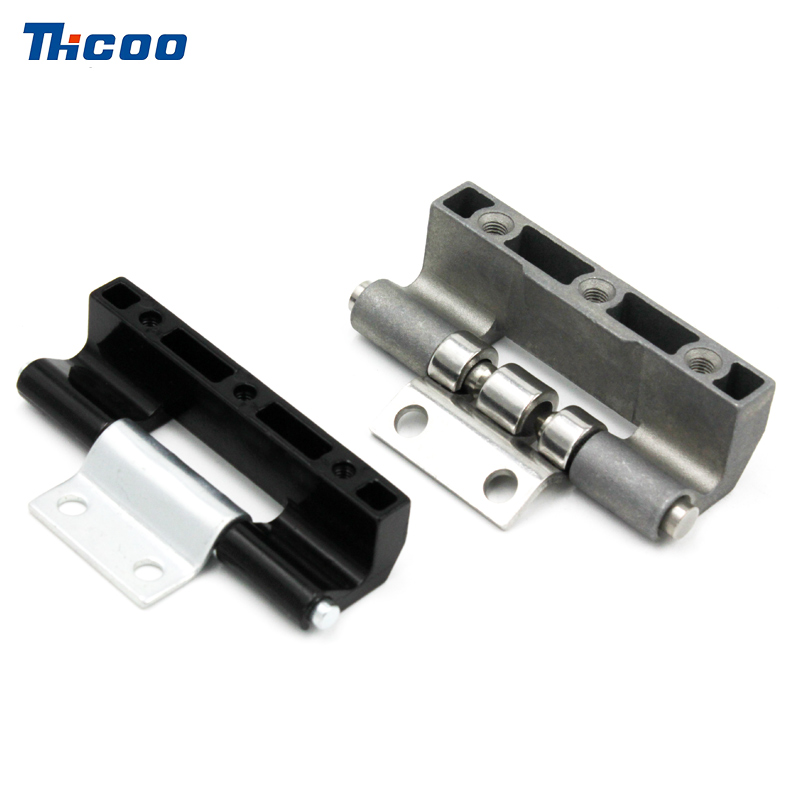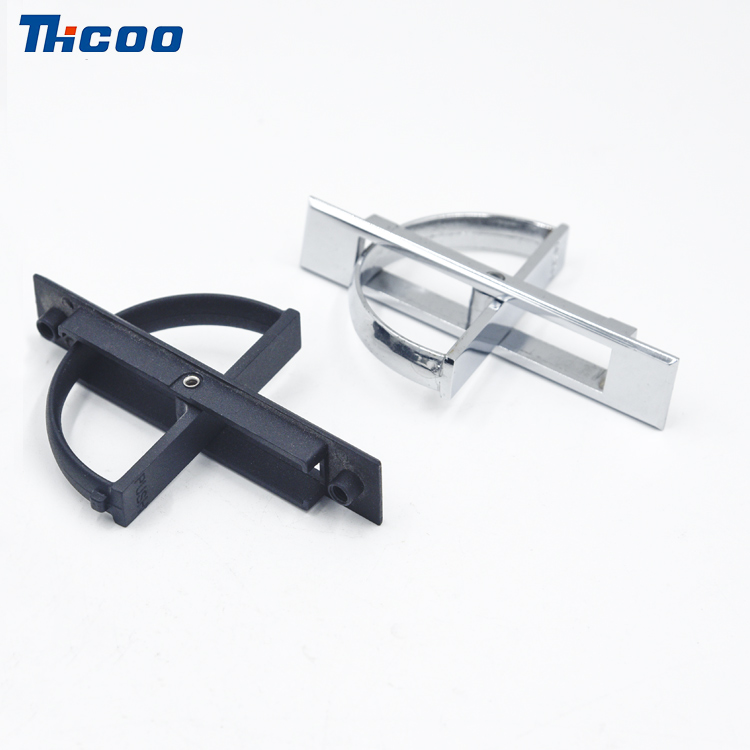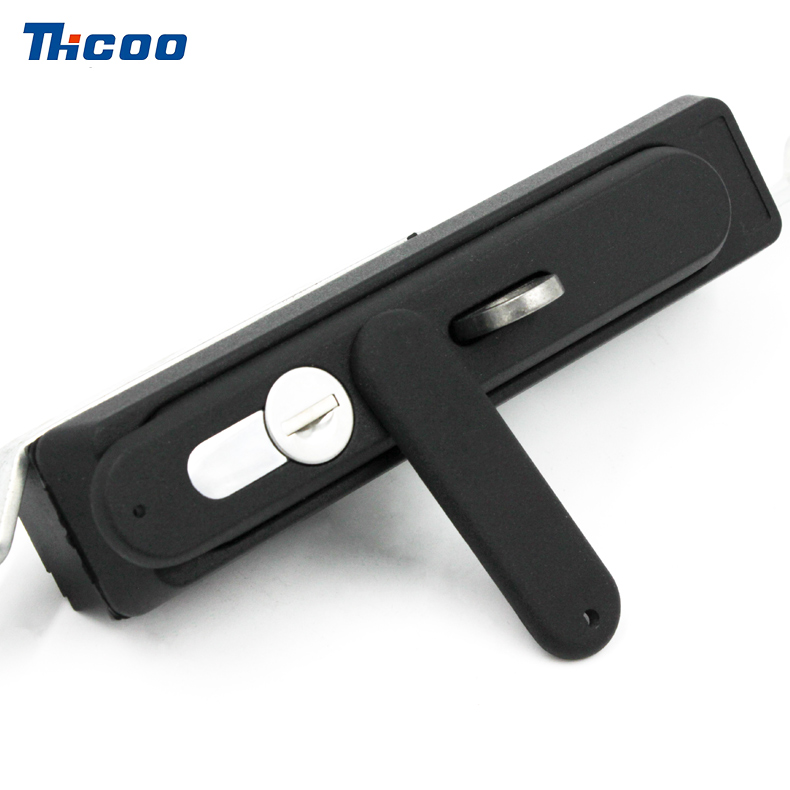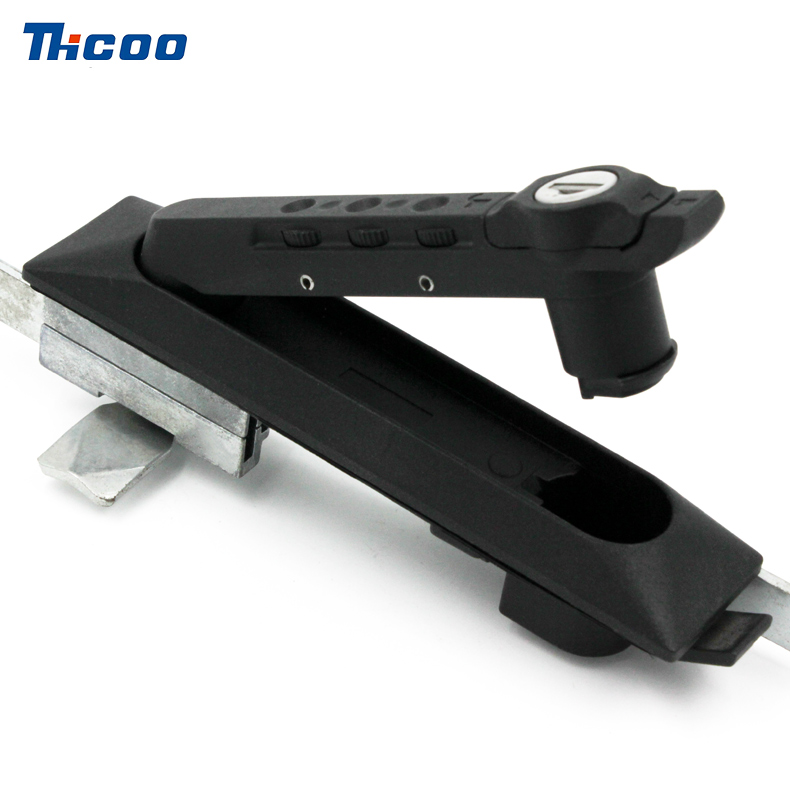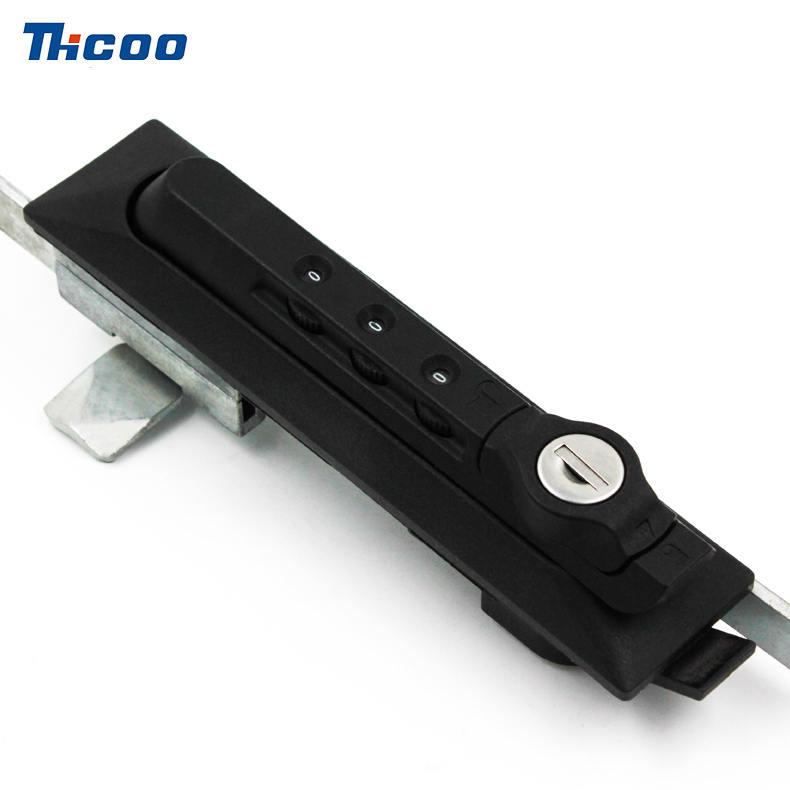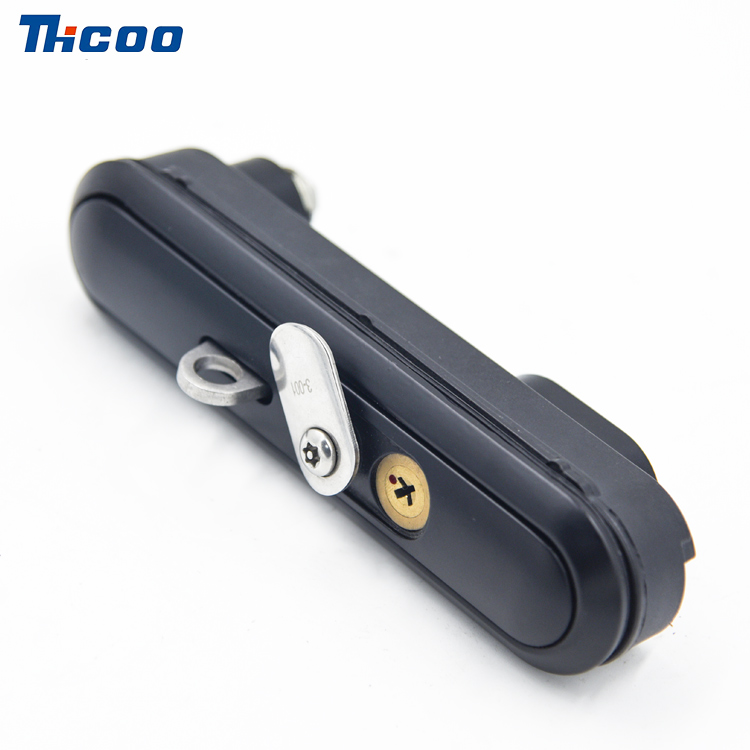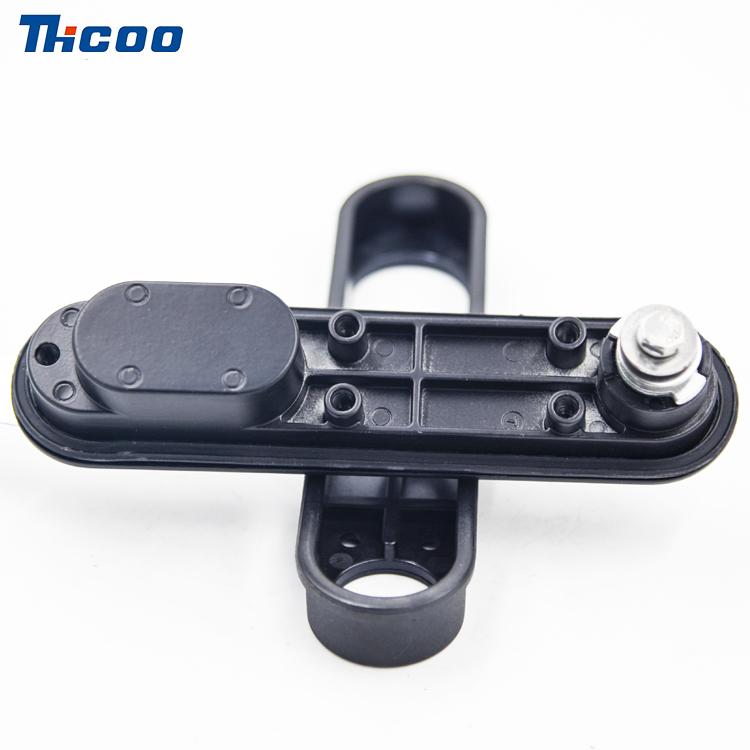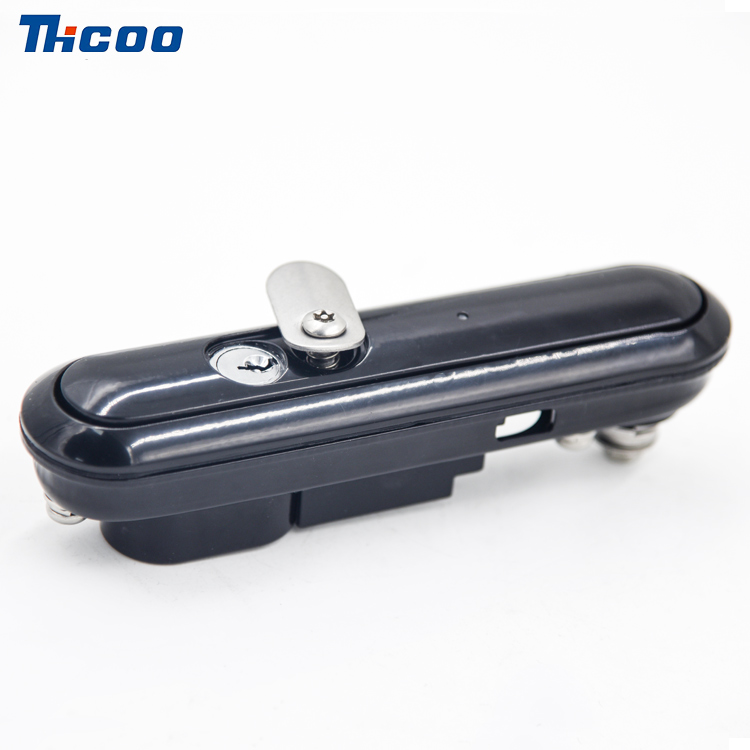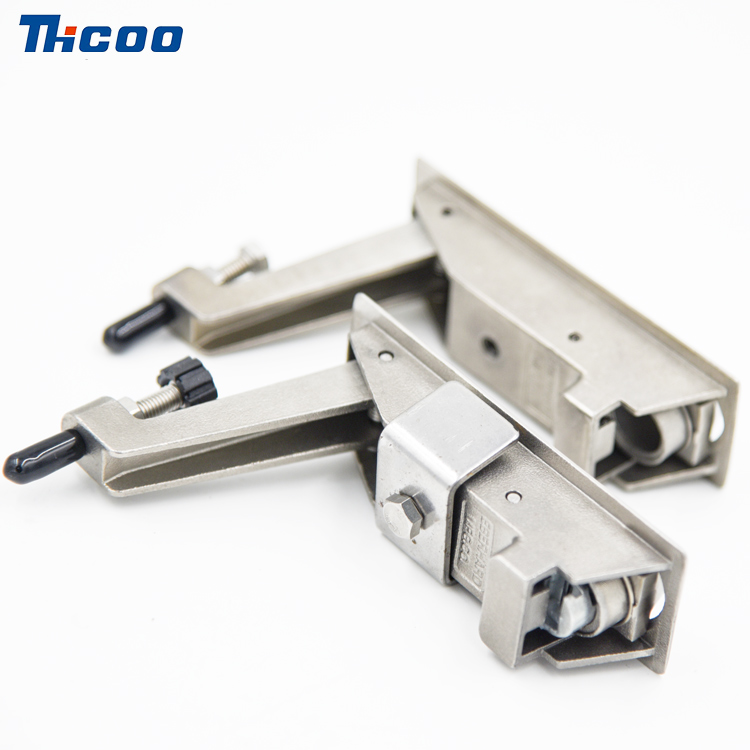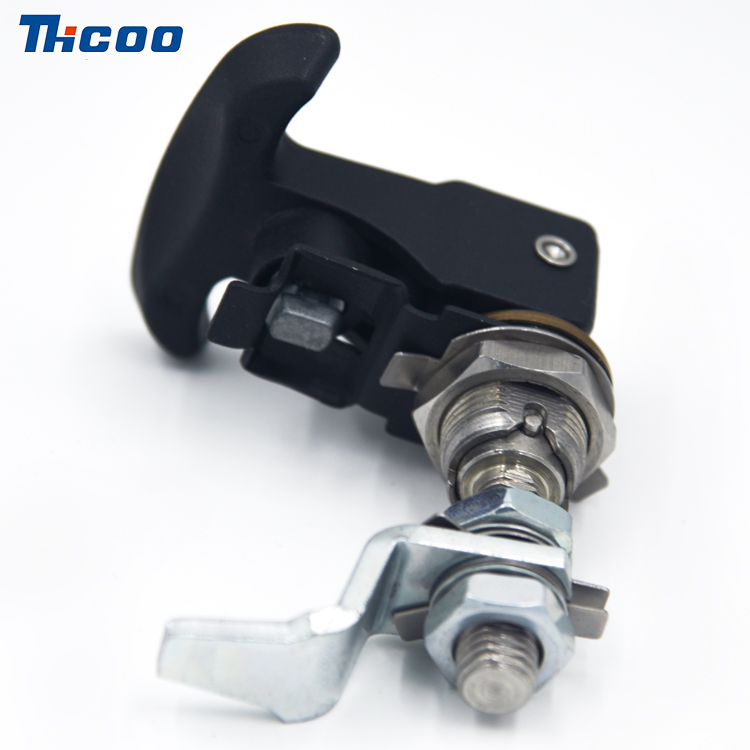It may not necessarily require complete disassembly, but it needs to be flexibly determined based on the type of door hinge, degree of dirt, and cleaning objectives. The following are key considerations:
1. No need to disassemble (suitable for most daily cleaning)
Surface stains are predominant: If only dust, oil sludge, or slight rust adheres to the outside of the hinge, use a damp cloth, toothbrush, cotton swab, and cleaning agent (such as soapy water, WD-40) to wipe it off.
Lubrication supplement: Directly spray or apply lubricant (such as lubricating oil or grease) to the movable parts of the hinge, which can penetrate without disassembly.
Quick maintenance: When time is limited or there is a concern that disassembly may affect the alignment of the door body, priority should be given to cleaning the parts that are not disassembled.
advantage:
Easy to operate, time-saving and labor-saving.
Avoid problems such as screw slippage and door misalignment caused by disassembly and assembly.
2. Suggestions for partial disassembly (for stubborn dirt or deep maintenance)
Serious jamming of hinge shaft: If the hinge cannot rotate due to rust or dry grease, the shaft pin (metal rod at the center of the hinge) needs to be removed and cleaned separately.
Serious dirt accumulation in the gaps: The dirt between the hinge blades is difficult to reach, and can be thoroughly cleaned after removal.
Multi blade hinges (such as heavy-duty door hinges): The structure is complex and the interior may not be cleaned without disassembly.
Operation precautions:
Marking position: Before disassembly, use a pencil to mark the corresponding position of the hinge and door frame/leaf to avoid misalignment during reassembly.
Retain screws: Store removed screws and shaft pins in a small container to prevent loss.
Avoid violent disassembly: Rusted shaft pins can be soaked in penetrant (such as WD-40) and lightly tapped to remove.
3. Cases that require complete disassembly (rare, used for special needs)
Serious rusting or damage to the hinge: It needs to be replaced as a whole or professionally repaired by sandblasting, polishing, etc.
The door leaf needs to be repainted/electroplated: the hinge must be removed to avoid contaminating the door body.
Extreme hygiene requirements: In places such as hospitals and laboratories, the interior of hinges must be thoroughly disinfected.
Risk statement
After reinstallation, there may be problems such as sagging of the door leaf and loose closure, which need to be readjusted.
Non professionals are prone to damaging components when disassembling complex hinges (such as hidden or hydraulic hinges).
| Scenario | Cleaning Approach | When to Use | Pros & Cons |
| No Disassembly Needed | - Wipe with damp cloth, brush, or cotton swabs.- Apply cleaner (soapy water, WD-40) externally. | - Light surface dirt/dust.- Routine lubrication.- Quick maintenance. | Pros: Fast, low risk. Cons: May not remove deep grime. |
| Partial Disassembly | - Remove hinge pin (center rod) for deeper cleaning.- Clean hinge leaves separately. | - Stiff or seized hinges.- Heavy grease/rust buildup.- Multi-leaf hinges. | Pros: More thorough. Cons: Risk of misalignment if not marked. |
| Full Disassembly | - Entire hinge removed for repair/replacement.- Sanding, repainting, or sterilization. | - Severe rust/damage.- Door refinishing.- High-sanitation environments. | Pros: Most complete cleaning. Cons: Complex; may require realignment. |

 English
English Deutsch
Deutsch 简体中文
简体中文 languages
languages 

